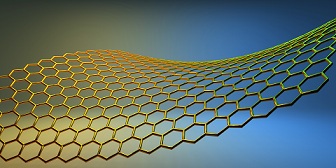Power suits: wearable fabric that can generate electricity from the sun

Related topics
Innovation Advanced materials Belgium Czechia Germany Italy Portugal Spain Switzerland Nanotechnologies, advanced materials, advanced manufacturing & processing, and biotechnologydate: 09/04/2014
Project: Development of photovoltaic textiles bas...
acronym: DEPHOTEX
See also: CORDIS
Contact: Contact
“Flexible, light and durable solar cells embedded in fabrics are expected to be available in the very near future. This means that solar-powered personal devices could soon be on the market,” says Dephotex project manager Fanny Breuil of the Cetemmsa Technological Centre in Spain. “The next generation of flexible photovoltaic devices is on the way,” she adds.
Solar energy is a completely renewable energy source with huge potential to replace fossil fuels. Some researchers forecast it could account for more than 60 per cent of the global energy market within 10 years.
The research work done by Dephotex team is bringing this rapidly developing technology down to the personal level. Other small-scale devices that could be powered by solar energy include electronic patches that release medicine for skin ailments, “accelerometers” that measure an athlete’s speed, heart rate monitors and low-power lights.
The Dephotex team identified the suitability of various materials for use as photovoltaic cells, as well as different techniques for implanting the cells into fabric, depending on the purpose. For large awnings (roofs) on stadiums, for instance, it was determined that photovoltaic patches must be developed rather than large sheets of the material. Factors such as durability, electrical properties and cost were also studied.
The research yielded substantive results, though follow-up work is needed to improve efficiency and ensure the greatest degree of flexibility. A number of research centres and large companies have expressed an interest in collaborating with the Dephotex team and pursuing potential commercial products.
